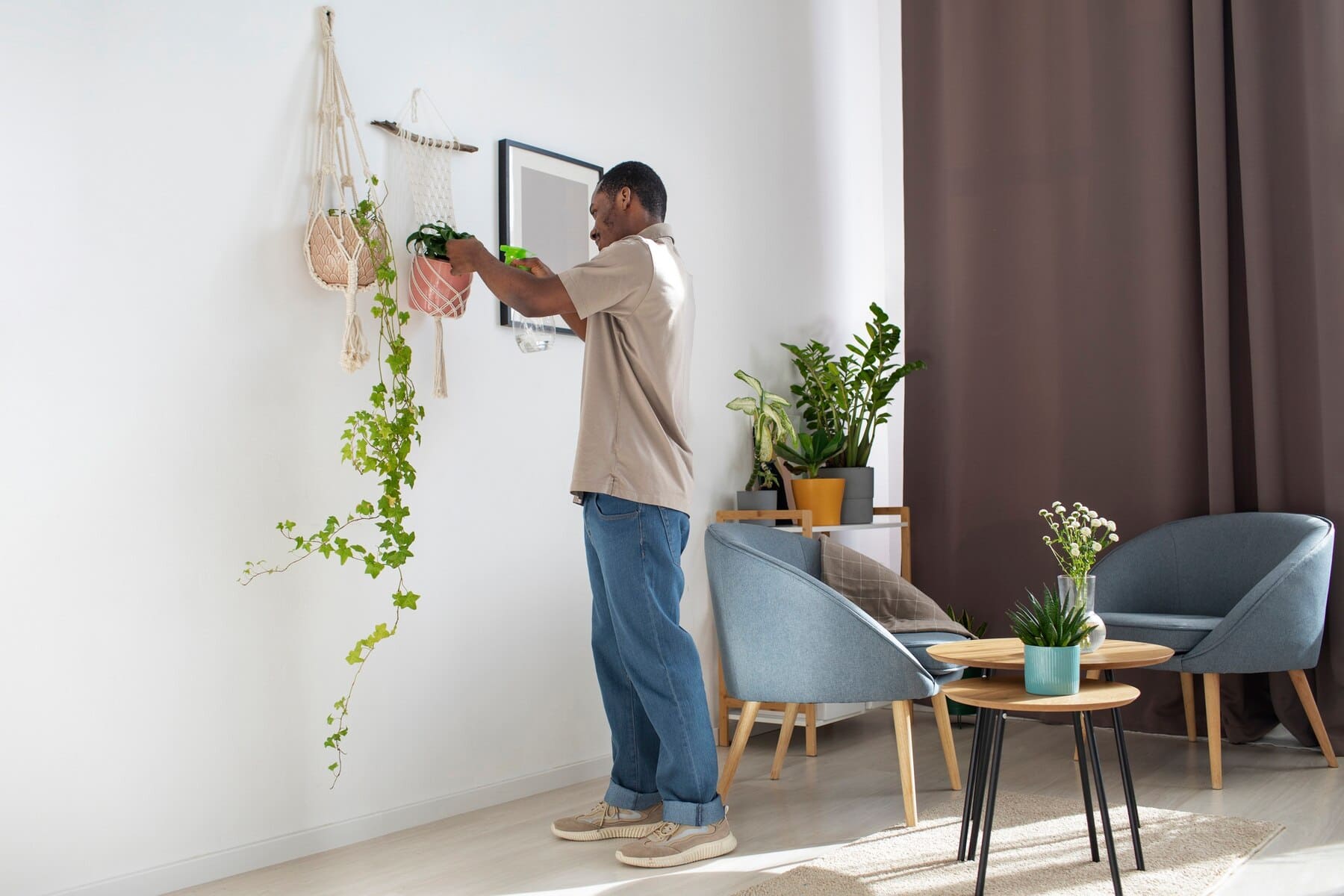**Outline: Garden Design Ideas for Beginners**
*(Target: 2000+ words)*
1. **Introduction: Planting the Seeds of a Beautiful Garden**
2. **Start with Purpose: Understand the “Why” Behind Your Garden**
3. **Know Your Space: Sun, Soil, and Site Conditions**
4. **Design on Paper Before You Dig: Sketching the Blueprint**
5. **Go Green with Low-Maintenance Plants**
6. **Layering 101: Height, Texture, and Color Coordination**
7. **Pathways and Borders: Creating Structure and Flow**
8. **Incorporate Vertical Elements: Trellises, Arbors, and Climbers**
9. **Water Features and Garden Art: Adding Character and Charm**
10. **Edible Meets Elegant: Combining Function with Beauty**
11. **Seasonal Interest: Designing for Year-Round Appeal**
12. **Eco-Friendly Practices: Sustainable Gardening from Day One**
13. **Common Beginner Mistakes to Avoid**
14. **Conclusion: Growing Confidence with Every Planting**
—
**Garden Design Ideas for Beginners**
### 1. Introduction: Planting the Seeds of a Beautiful Garden
There’s something undeniably poetic about nurturing a garden. It’s where time slows, hands dig deep into the earth, and nature whispers back in colors, scents, and movement. For beginners, designing a garden may feel overwhelming—like learning a new language rooted in chlorophyll and bloom cycles. But the truth is, creating your dream green space doesn’t require professional training. It simply needs intention, curiosity, and a willingness to experiment.
Gardening isn’t just about plants. It’s about connection, rhythm, and artistry. Even the humblest backyard can become a canvas of serenity and joy.
—
### 2. Start with Purpose: Understand the “Why” Behind Your Garden
Every good design begins with a question: what do you want this space to do? Maybe it’s a tranquil retreat for reading and sipping tea. Perhaps you’re dreaming of an edible oasis packed with tomatoes, herbs, and berries. Or maybe it’s a family-friendly area with soft grass and a sandbox under the shade of a tree.
Define the primary function before planting a single bulb. Knowing your “why” influences every choice—from layout and materials to plant selection. Without purpose, a garden becomes a jumbled collection. With it, it becomes a living expression of your lifestyle.
—
### 3. Know Your Space: Sun, Soil, and Site Conditions
Understanding the natural personality of your plot is essential. Observe how sunlight moves through the space. Some plants bask in full sun; others wilt in its glare. Test your soil’s pH and texture—sandy, clay-heavy, loamy? This affects drainage and nutrient availability.
Take note of existing trees, structures, slopes, and windy pockets. These elements aren’t obstacles; they’re opportunities to create microclimates. When you work *with* your environment rather than against it, your garden thrives effortlessly.
—
### 4. Design on Paper Before You Dig: Sketching the Blueprint
Grab a pencil and map it out. It doesn’t need to be a technical masterpiece—just a clear layout. Draw boundaries, indicate existing features, and divide the space into zones: planting beds, seating areas, walkways.
This plan is your guiding compass. It prevents impulsive planting and helps you visualize proportions. Think in shapes and flow. Curved lines often feel more organic and welcoming than rigid grids. Create rhythm and repetition for harmony, but leave space for surprise.
—
### 5. Go Green with Low-Maintenance Plants
New gardeners often fall for exotic plants that demand constant attention. Instead, start with reliable, low-fuss greenery. Native species are ideal—they’re adapted to your climate, support local wildlife, and require less fuss.
Perennials like lavender, coneflowers, salvia, and hostas return each year with minimal effort. Ornamental grasses add movement. Groundcovers like creeping thyme or sedum fill gaps naturally.
The beauty of low-maintenance planting? It frees you up to enjoy the garden instead of constantly tending to it.
—
### 6. Layering 101: Height, Texture, and Color Coordination
Designing a garden is like composing a visual symphony. Start with structural plants—trees and shrubs—as your bass notes. Then layer in medium-height perennials, followed by short ground covers and border plants.
Mix textures: feathery ferns beside bold-leafed hostas. Juxtapose soft blooms with spiky foliage. Play with color—harmonious palettes (like purple and silver) feel soothing, while contrasting schemes (like orange and blue) add drama.
Layering creates depth, makes small gardens appear larger, and keeps the eye engaged from every angle.
—
### 7. Pathways and Borders: Creating Structure and Flow
Paths guide the journey. Whether it’s stepping stones through a bed or a winding gravel trail, they invite exploration. Choose materials that complement your space—wood chips for rustic charm, flagstone for elegance, bricks for a cottage feel.
Borders define planting beds and help things look tidy. Use low hedges, rock edges, or recycled materials. Structure is what transforms a yard into a “garden.” It anchors the chaos of growing things and gives your design longevity.
—
### 8. Incorporate Vertical Elements: Trellises, Arbors, and Climbers
Gardens aren’t just horizontal—they’re dimensional. Vertical features draw the eye upward, adding drama and increasing planting space in small areas.
A simple trellis against a fence can support sweet peas or climbing roses. An archway wrapped in jasmine becomes a fragrant welcome. Even hanging planters or wall-mounted shelves can be used to grow herbs or succulents.
Think vertically to escape the flatness of the lawn.
—
### 9. Water Features and Garden Art: Adding Character and Charm
Sound, movement, and surprise elements add richness. A small fountain or birdbath introduces gentle ambient noise. A ceramic frog peeking from under a leaf or a vintage lantern dangling from a tree adds whimsy.
Garden art doesn’t need to be expensive or obvious. A weathered bench, a mosaic stepping stone, or a handmade wind chime—these things turn a garden into *your* garden.
Just like accessories in a home, art personalizes your outdoor space.
—
### 10. Edible Meets Elegant: Combining Function with Beauty
Why not have your kale and eat it too? Edible gardens can be both practical and picturesque. Herbs like rosemary, basil, and thyme are aromatic and decorative. Rainbow chard, lettuce, and strawberries bring vibrant color.
Intersperse vegetables among ornamentals. Use climbing beans on trellises. Let nasturtiums and calendula bloom beside your cucumbers.
Edible landscaping is a growing trend for good reason—it delights all the senses and turns every garden walk into a harvest.
—
### 11. Seasonal Interest: Designing for Year-Round Appeal
A common mistake is planting only for one season. But gardens should have something to say all year. Think in phases.
Spring: tulips, daffodils, and flowering trees.
Summer: roses, lilies, daylilies, and lush foliage.
Autumn: Japanese maples, ornamental grasses, and asters.
Winter: evergreens, red twig dogwood, seed heads dusted with frost.
With careful planning, your garden becomes a living calendar—changing, evolving, and enchanting through every month.
—
### 12. Eco-Friendly Practices: Sustainable Gardening from Day One
Design with nature in mind. Start a compost bin to enrich your soil naturally. Collect rainwater for irrigation. Avoid synthetic fertilizers and opt for organic mulch to suppress weeds and retain moisture.
Choose pollinator-friendly plants to support bees, butterflies, and beneficial insects. Use native plants to reduce water consumption.
A sustainable garden doesn’t just give back to the gardener—it gives back to the earth.
—
### 13. Common Beginner Mistakes to Avoid
Overplanting is a common misstep—tiny nursery plants grow rapidly. Space them according to mature size or be prepared to edit later. Another mistake? Ignoring maintenance. Even low-care gardens need weeding, pruning, and seasonal cleanup.
Don’t underestimate sunlight. Just because a spot *looks* shady in the morning doesn’t mean it stays that way. Take photos at intervals during the day to understand exposure.
Lastly, don’t expect perfection. Plants die. Plans change. That’s part of the process.
—
### 14. Conclusion: Growing Confidence with Every Planting
A garden isn’t created in a weekend. It evolves, matures, and changes—as you will, too, through the process. Each planting brings knowledge. Every bloom rewards patience. Every mistake becomes compost for future growth.
Start small, stay curious, and trust that your instincts will bloom alongside your begonias. With every step, you’re not just designing a garden—you’re cultivating a lifestyle rooted in beauty, resilience, and wonder.


